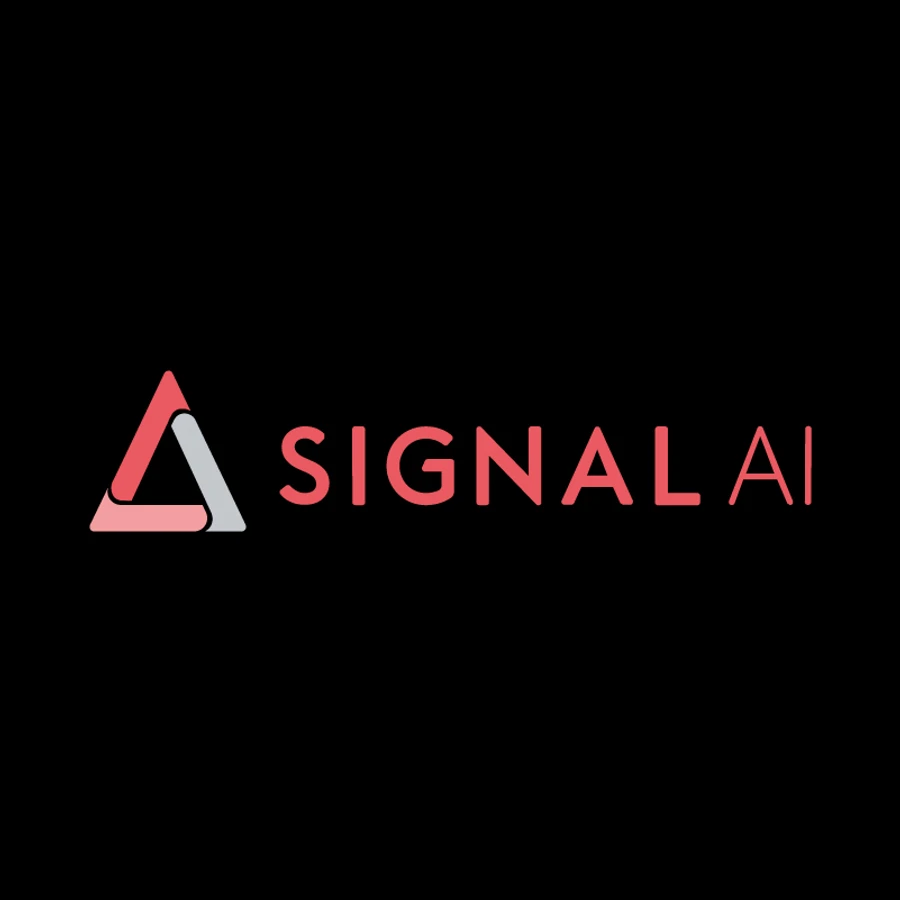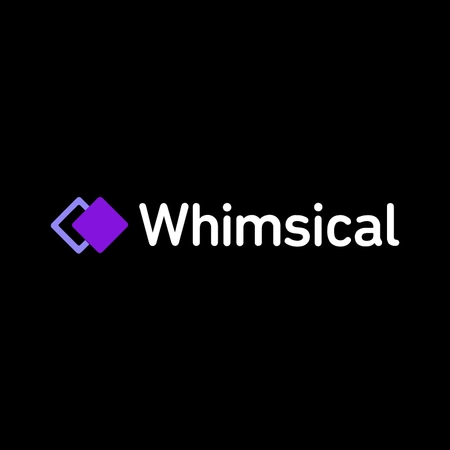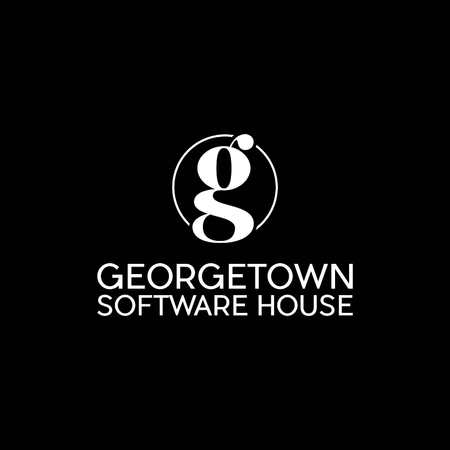Generating Understanding

Signal Media is a machine learning company that extracts knowledge from unstructured textual content. The company currently processes between 2-3 million documents a day from different sources such as newspapers, magazines, broadcasts, and online publications.
Each piece of content needs to be understood: what it is about? Who is being mentioned? Is it apple the fruit or Apple the company? Is it the Trump company being mentioned or the Donald Trump presidency? To face up against these challenges Signal uses techniques such as natural language processing and machine learning.
To learn more about this company and their use of Clojure, Malcolm Sparks and I ventured to their London offices to meet co-founder and head of research Dr Miguel Martinez, second employee and software engineer Tom Savage, and VP of engineering Luca Grulla.
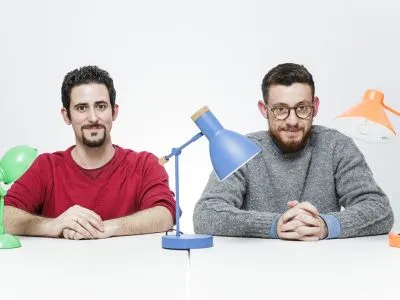
Background
Jon: So when and how did Signal get started?
Miguel: We founded Signal over 4 years ago in a garage with the three of us (Wesley Hall, David Benigson and Miguel Martinez). Wes and I connected on Meetup.com, and then I ended up doing the last year of my PhD and a start-up at the same time. I experienced sleep deprivation for a year, but the gamble has paid off.
Jon: A garage? Sounds old school?
Miguel: Yes, at one stage we had 8-12 people in the garage with 14 whiteboards and lots of coffee.
The first goal was to provide meaningful information for executives. We first built an MVP/prototype in Java and it progressed quickly, going from processing 300K documents to 1 million. We then closed our first client and went to seek investment, hitting every VC in London.
Now we have over 50 people, with half being developers.
Jon: Could you describe what the technology does?
Miguel: We have a data processing pipeline for incoming documents that has to be lightening quick due to the volume.
The pipeline consists of a series of components, each adding their own complexity. For example we perform spam detection (filtering), language detection and translation (publications in 40 different languages from 90 different countries), and we have components for anomaly detection and sentiment analysis. Some of the components are at the research stage.
At the end of the pipeline we put all this data into different databases such as Elasticsearch. Then we can ask questions such as give me all the articles (and tweets) about Clojure.
A venture capitalist can track companies and areas that they want to get into (i.e. AI, big data). Law firms can track clients and legislation to discover how they match up against financial and corporate responsibility commitments.

Clojure Journey
Jon: How did you decide to use Clojure?
Miguel: We started using Groovy to define how the components worked together.
Tom: Groovy was the glue.
Miguel: But it was clunky. I was not a fan of Groovy as a language - it was difficult to track state and it was complicated. The few bits we liked were the functional bits.
We started thinking about other options. Wes went to a conference and saw Ben Evans, he asked Ben which language would win out and Ben recommended Clojure. This was around 2014 at a time when it seemed lots of good devs were trying it out ahead of the companies.
Wes tried it out for 2-4 weeks and then showed us. Then I took it for 2 weeks. After this two weeks we decided to change the entire codebase to Clojure. We put in a queue system between components, so that we could focus on one component at a time. We got a gigantic code reduction and the speed was actually faster.
Jon: What did you see as the advantage of Clojure?
Tom: Our research functions are essentially data transformation. The kinds of functions we write are pure functions, so Clojure lends itself very well to this.
Miguel: Clojure was way better for machine learning than Java, with independent functions that cater well for parallelism, simply taking data in and returning data out. Also, it was very important to us that Clojure is a pragmatic, real language designed to run in production.
Tom: The business domain is about transforming data, a great fit for functional programming. When you have high level functions - being able to pass functions as arguments - a lot of complexity in standard Object Oriented design patterns just falls away.
Also, we needed to push for predictability. We don’t like non-deterministic models; pure functions and immutability fit.
Miguel: Replicability and reproducibility are very important. Testing is critical around our models to ensure we don’t have differences and side effects.
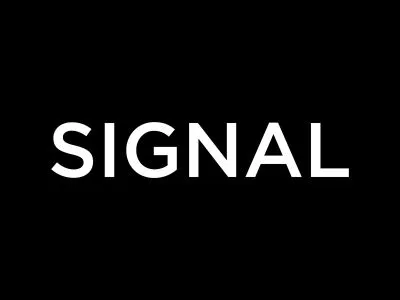
JVM and Library Support
Jon: Any challenges moving to Clojure?
Miguel: We spent a significant amount of time migrating our Java components to Clojure, but we realized that even though we love the language, the coverage and support for libraries is far from perfect.
Malcolm: The JVM has a weakness in your domain?
Miguel: In my opinion the JVM has a smaller number of libraries for machine learning than compared to Python. Each language has it’s pros and cons. Python is generally slower and more verbose, not close to Clojure in terms of being idiomatic about being functional programming.
Luca: Python has a lot of traction in academia, in research. This has naturally produced an ecosystem in applied research such as textual analytics, natural language processing and AI.
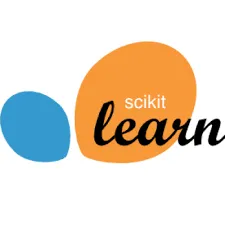
Miguel: One major example - Scikit-learn is the major machine learning toolset in Python. It has a huge community of supporters; the committers are both developers and researchers. There are extremely well documented examples of how to use the library. The JVM has libraries but many are experimental and less well supported.
We’ve contributed to some JVM libraries around machine learning, but you need hundreds of people involved to make a success of it.
Malcolm: So Python and Clojure?
Luca: We are moving to an architecture where Clojure is the data processing pipeline backbone. Then we have services in Python or Clojure.
Miguel: We are polygot now, the researchers and developers know both Clojure and Python.
Jon: Any other frustrations?
Tom: Error messages trip people up; common mistakes people make such as mistyping a variable can lead to large stacktraces. Also starting the REPL takes a while compared to other languages (i.e. Haskell).
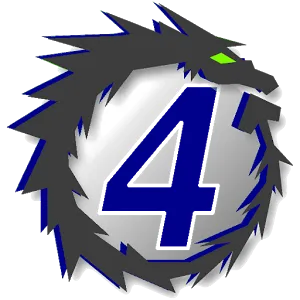
Training and Hiring
Jon: How have you gone about training?
Miguel: We learnt with 4Clojure and we started doing exercises not stop. Our first pieces of code were not idiomatic but we got used to it, struggled and persevered. If you follow the top devs on 4Clojure, they can do in a line and a half what we could do in 6 lines.
We then used 4clojure as a filter for incoming CVs - as a recruitment tool. We then check the profiles of candidates and test how quickly they can pick it up.
We believe every data scientist is a developer - every one of our researchers will pass a 4Clojure test (for example do 20 exercises in 4 days). Everyone from the research side has enjoyed learning a new language, Clojure is easy to learn.
Jon: How have you found hiring for Clojure developers?
Miguel: If someone is interested in Clojure, chances are they are a good developer because it’s not mainstream.
Tom: If you’re looking for people that know Clojure then it’s obvious where to look, but its a small pool. If you look for people that can learn Clojure then it’s a much wider pool.
Luca: We get people very interested to learn Clojure. There’s definitely a growing appetite of people wanting to learn. They’ve heard enough about Clojure and are ready to make the jump. They want the joy and beauty of it and are looking for an opportunity.
Tom: I did Haskell at Uni so I was interested. Signal were looking for FP experts and found me.
IDE
Jon: What IDEs do you use here?
Miguel: We started using Light Table in the garage. Then we went to Sublime and from there to Emacs.
Luca: We have a current split between Emacs and Vim.
Miguel: When we work with python we use PyCharm or Sublime. We also use Jupyter Notebooks extensively for prototyping.
Technologies
Jon: What technologies would you like to give a shout-out to?
Tom: We use Reagent/Reframe with ClojureScript. Reagent is really nice to work with.
Miguel: I’d like to mention ClojureWerkz; their libraries have really helped us a lot. It was good to see people developing libraries actively with good documentation.
State of Clojure?
Tom: Adoption is increasing. The main issue is that the people who have discovered it were already in a sense looking for it.
Miguel: Python and Java are known in the universities whereas Clojure is still relatively obscure. Advertising Clojure at the universities might give it an extra push.

